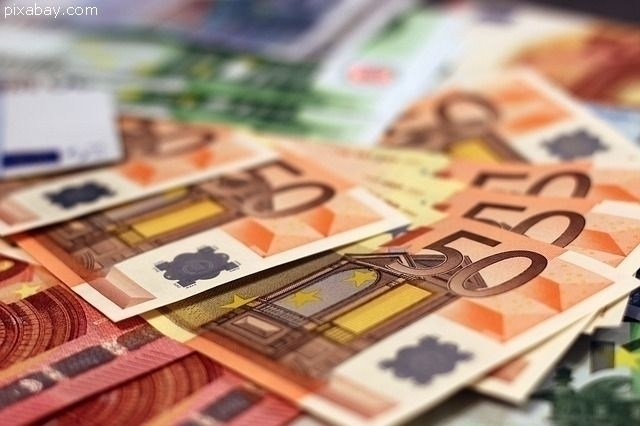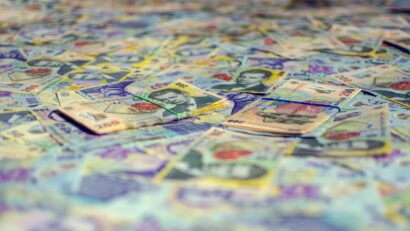Romanian currency hits all-time low
The Euro went over the 4.7 leu psychological mark, and financial analysts say it may rise further

Mihai Pelin, 22.01.2019, 13:27
The Romanian currency, the leu, continues to decline against the Euro. After several consecutive increases, the single currency soared to an all-time record, the official, National Bank exchange rate for the first time exceeding the 4.7 leu ceiling.
According to analysts, it is a temporary increase. On Monday, the exchange rate was 4.7081 leu for the Euro, down 0.23% since Friday. The national currency also lost ground to the US dollar and to the Swiss franc. Central bank officials say these are inconsequential fluctuations and should not be seen as signs of currency market instability.
The National Banks strategy adviser, Adrian Vasilescu, noted that the impact is psychological, and that the Romanian currency only depreciated by 1 ban, the 100th subdivision of the leu, against the Euro. He also emphasised that the National Bank would only consider an intervention in case the depreciation exceeds 4-5%. Such fluctuations from one day to the next cannot reflect developments in the national economy, but rather the supply-to-demand ratio and the evolution of imports, Adrian Vasilescu explained:
Adrian Vasilescu: “Importers brought Christmas-related commodities in Romanian stores, shops were full, people bought foreign products extensively, and now those importers exchange their Romanian-currency revenues to Euros, to pay their invoices.
But, Adrian Vasilescu warned, apart from long-term, economy-related factors that lead to changes in the exchange rate, the currency market is also influenced by political statements. He argued however that investors do not make their decisions based on emotions, and they will very likely not see Romania as a high-risk country. Financial analysts also agree that the current fluctuations in the currency market are small and that there are no reasons to worry.
Corneliu Cojocaru: “The Euro rises against the leu in very small steps. This is not an alarming occurrence, and it may get reversed at any moment. The causes are well known, we have a high demand for Euros in the market and a small supply. The high demand is understandable, considering that we import more than we export so Romania has a trade balance deficit. In other words, we pay more than we cash in, so naturally the Euro is in high demand.
Economists believe an exchange rate that more properly reflects the actual Romanian economy is 4.75 leu for the Euro, and that the national currency may well continue to drop in the forthcoming period. ROBOR, the main index used in setting the floating interest rates for loans in the national currency, has also gone up again and is getting close to 3%.
(translated by: Ana-Maria Popescu)






























